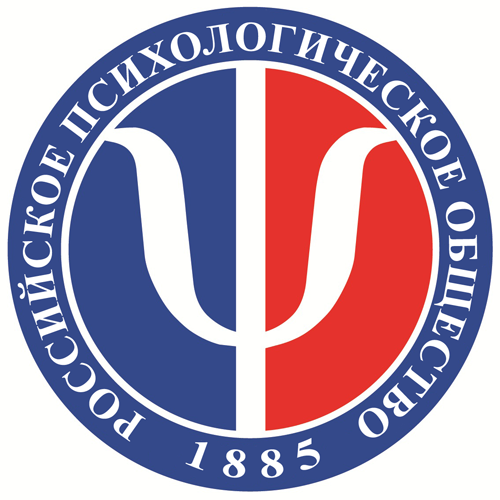ISSN: 2073-2635
eISSN: 2949-270X
eISSN: 2949-270X

Background. The need for reconstruction (and not modification, as it was previously done) of school mathematics education, due to the intensive development of information technology, requires the restoration of the foundations on which it is built. Discussions about what topic to include or exclude from a mathematics course based on arguments like “It is impossible to be an educated person without knowing...” on the one hand, or “Children cannot understand anything about...” on the other, clearly have no chance in obtaining productive solutions.
Objectives. This paper introduces a system of concepts and distinctions that provides the basis for solving the problem of constructing foundations for designing a school mathematics course.
Methods. The study involves problematization (transition from a problem situation to a problem formulation), methodological analysis of the problem, introduction of conceptual distinctions, construction of a system of relations between concepts.
Results. A distinction has been introduced between the content and contents of mathematical education — both as a process and as a result. It is shown that functionally (substantively) mathematics exists in culture as a system of mental means necessary to represent the relationships between conceivable entities in a particular science or field of activity. Accordingly, the content of the process of mathematical education is the mastery of these mental means and methods of applying them, and the content of mathematical education as a result is the possession of these mental means and methods for representing the relationships between entities of a particular nature.
Conclusions. It is shown that mathematics functionally acts as a system of mental means and therefore the design of school mathematical education should be carried out precisely in the logic of mastering mental means, and not “topics”, “objects”, “tasks”, “skills”, “knowledge”, etc.
In the second part of the article, a developed system of ideas will be used to specify, on the one hand, the tempo-rhythmic structure of the educational process, and on the other, to provide a logical justification for the initial part of mathematical education (arithmetic) as a process of mastering mathematical thinking tools.


